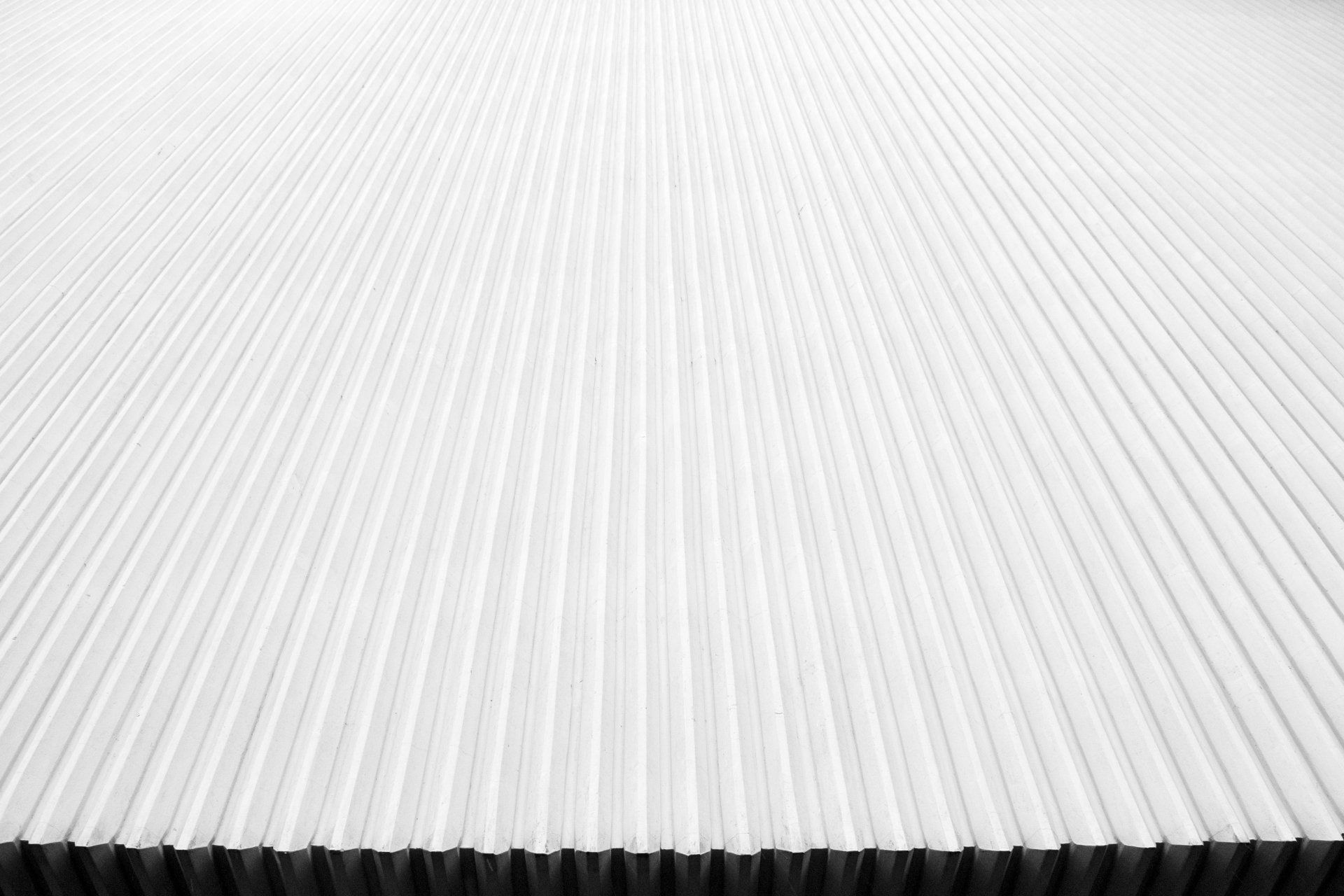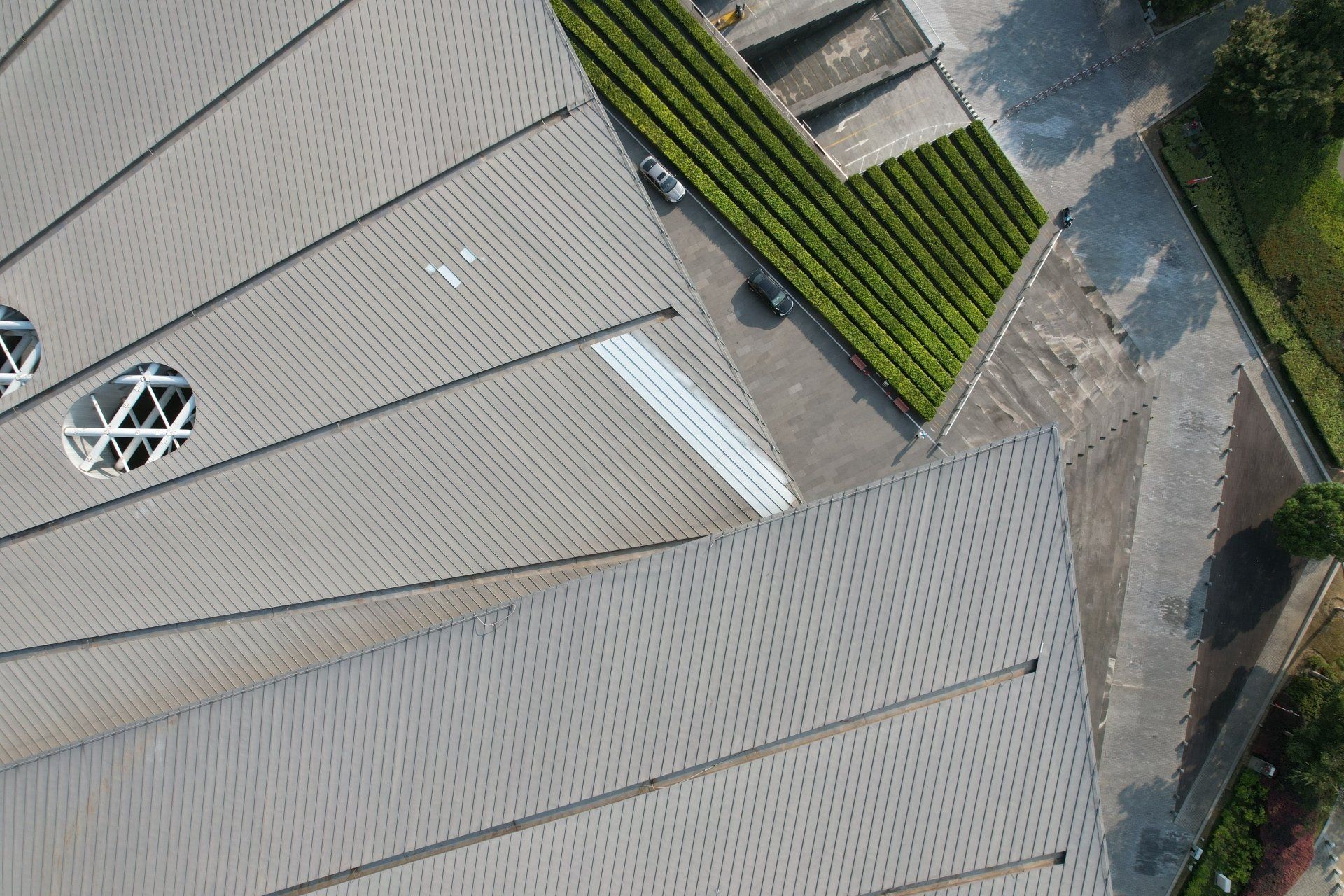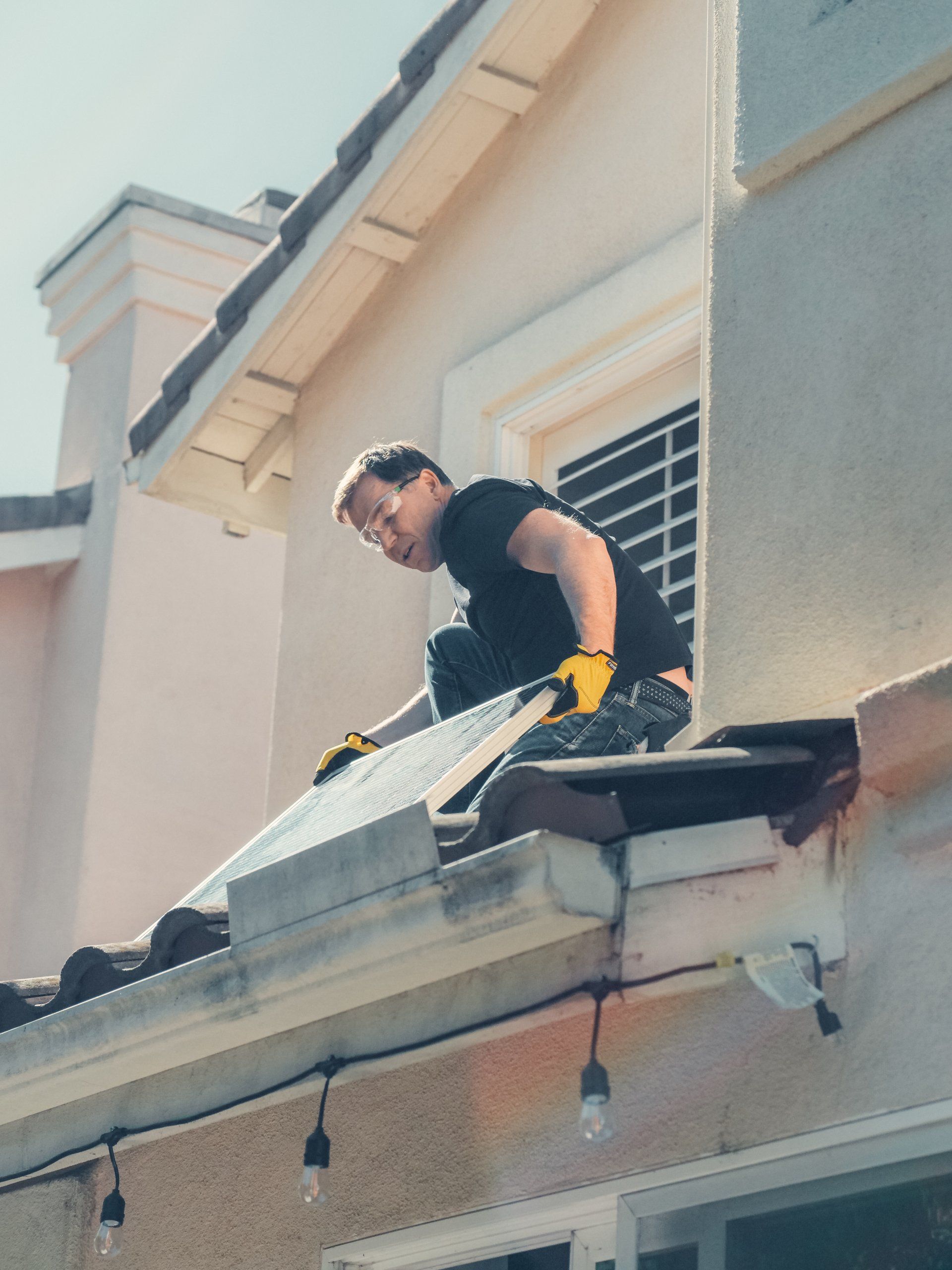How to protect your roof from damage?
How to protect your roof from damage?
Roof damage can occur in different forms; however, even the smallest problem can be a huge issue if not repaired.
This article will discuss the most common methods to ensure your home is safe from roof damage and the reasons these preparations are crucial.
Repair Missing Shingles
Broken, bent, and missing shingles are all an opportunity for leaks as well as water damage. It could show up as shingle debris on your driveway, garden, or downspout splash block.
If you are knowledgeable of home maintenance and you feel confident climbing up your roof, you'll be able to fix damaged shingles on your own. A damaged shingle could be repaired with a small amount of roof sealant squeezed through the crack.
If, however, part of the shingle is missing, you'll have to use a hammer to remove the nails and use a prybar to remove the shingle. Take a knife and cut the shingle away. Place the new shingle in its place and then fix it with four fasteners. Remember that every nail hole is a chance for water to make its way to your home, which is why you must ensure that each nail is correctly installed.
Does it sound too complex? A roofing professional can complete repairs for you.
Gutter Maintenance
The effects of water can affect various areas of your house, and the roof isn't an exception. Gutters are among the most efficient ways to remove water from the roof and out of the foundation of your home.
To ensure that gutters are operating at their top regular maintenance and upkeep are required. If you don't maintain gutters in a timely manner, they'll eventually become blocked, causing water to run over the top and into your home. This can result in roof damage and could result in leaks within the home.
In the majority of homes, twice-yearly maintenance of downspouts and gutters should be sufficient -- first at the end of spring and then again when fall is drawing to an end, and the leaves are falling. This is the time when gutters get blocked and also when you can make the most beneficial use of your gutters.
However, if you reside in an area that is heavily wooded, regular inspection for debris is recommended. It is also suggested to prepare your gutters prior to any heavy rain or storms.
It is also possible to install gutter guards. They are made of mesh or foam as well as vinyl guards and are usually put over gutters to let water flow freely through without allowing debris from entering.
Preventing Wind Damage
The torrential rain isn't the only thing storms can bring. They can also bring high winds. The speed of high winds has the potential to cause damage to trees, break windows, and cause damage to roofs. If shingles get blown away and the roof deck is damaged, the underlayment remains exposed to elements. This makes your home more susceptible in the event of water damage.
For roofs as shingles, you can consider installing roofing cement beneath tabs of shingles that could be loose or tend to spring up. You could also put in new shingles at the edges. They are designed to withstand windy conditions and give your roof extra protection during storms.
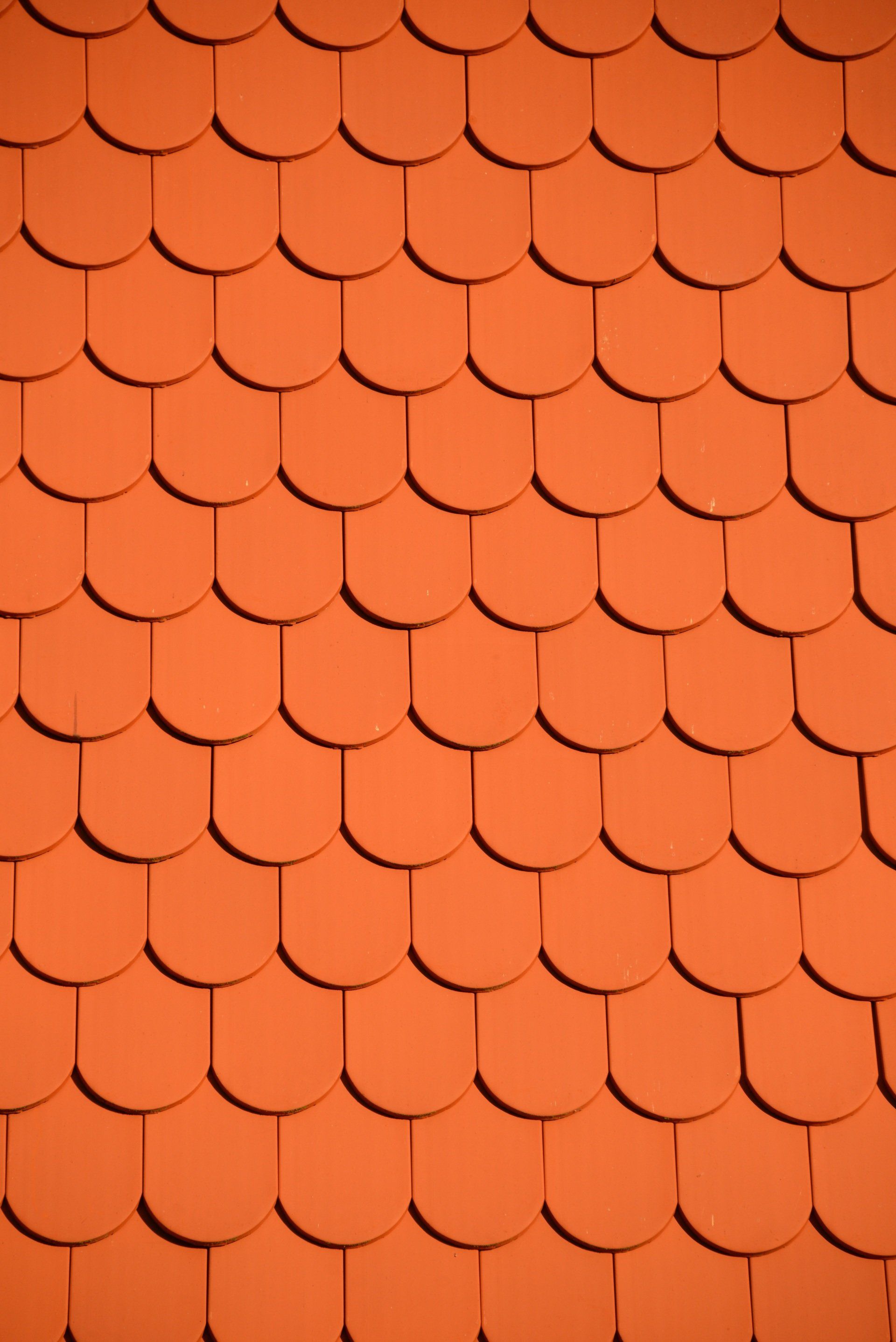
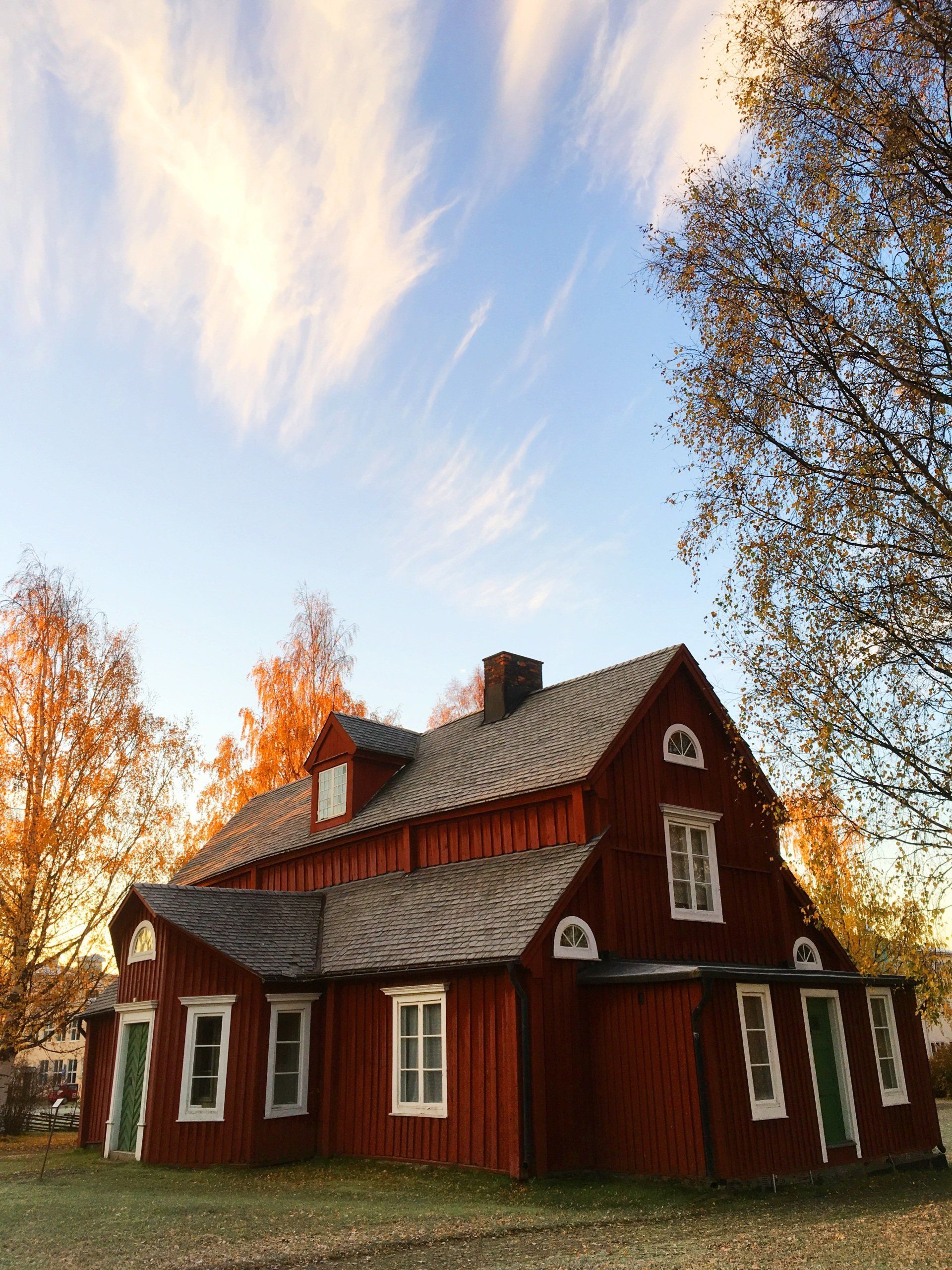
Let’s talk about your project
Fill out the form, or call us to set up a meeting at
Roofing Chilliwack Quote
We will get back to you as soon as possible.
Please try again later.
Chilliwack A1 Roofing
8497 Young Rd, Chilliwack, BC V2P 0M6
With a competent team of roofing contractors and tradesmen, we bring pride and enthusiasm to every job we tackle.


